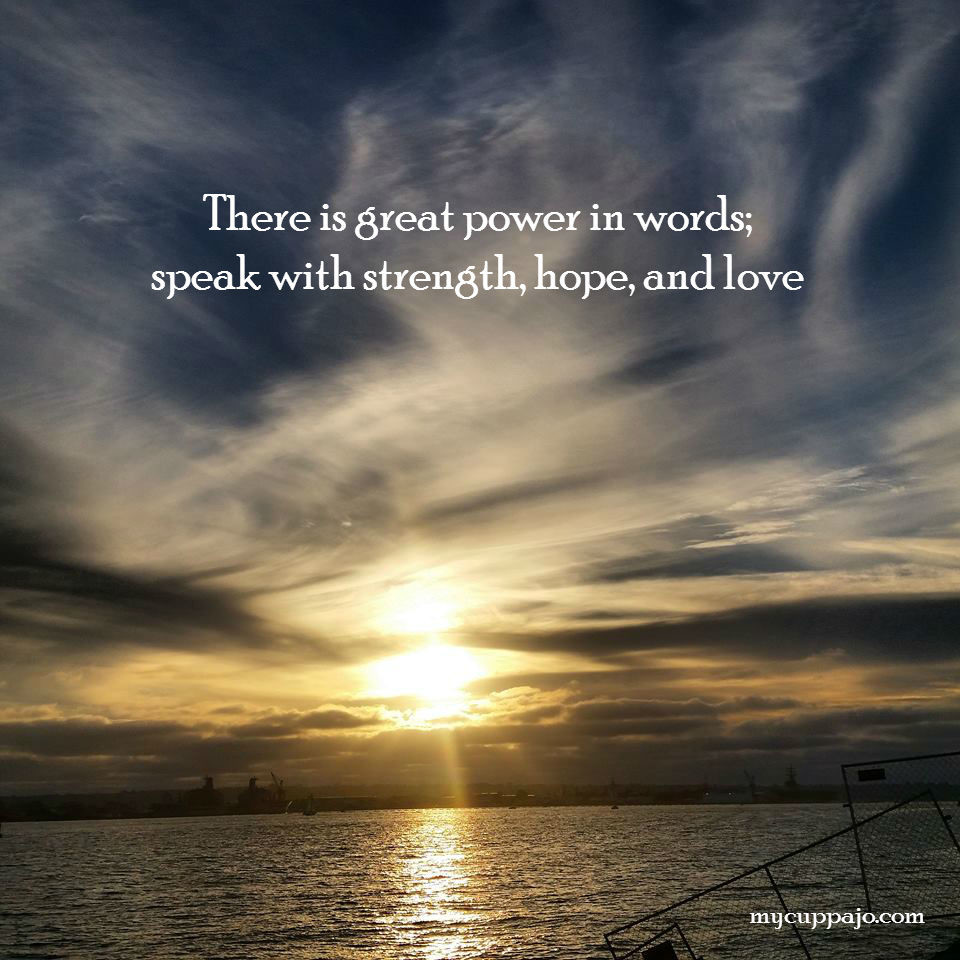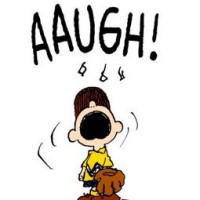Forgive me if this post is pretty similar to the last one (and a bit of a rant) but I’m all fired up right now after seeing another headline on social media that read “Pain: It’s all in your head”.
ARGH!!!
As someone living with pain, and who regularly hears from others living with pain, headlines like these really get to me. They set all of us back, leading to huge misunderstandings about what pain is by communicating misleading (and often harmful) information to patients, professionals, and the community as a whole.
This does not help anyone.
Journalists and bloggers (and even doctors and therapists) distilling complex pain research down to an “it’s all in your head” headline is frustrating, dismissive and damaging.
Where does “It’s All in Your Head” come from?
There have been huge advances in pain research in recent decades and we’re beginning to understand that chronic pain is a biopsychosocial experience and not merely a structural or tissue issue. When it comes to pain there are a lot of factors involved, some psychological, some neurological, some sensory, some immunological, some social, some biological (and a whole lot more) that interact and interrelate and are translated into the experience of pain.
Because these different factors that influence pain are largely processed in the brain (some processing takes place in our spinal cord, too), this has lead many media headlines (social and otherwise) to proclaim that pain “is all in your head”, by which I think they intend to convey it is in your brain.
While technically true, the brain does process information coming into and from the body and does generate outputs, it can certainly make it sound like pain is made-up or that it can just be thought away or that the person is choosing pain.
“It’s all in your head” is a highly misleading and potentially harmful statement. We don’t say that about our other human experiences, for which it would be equally true.
Pain is very real.
Fortunately, with greater understanding of how pain works there is also greater understanding of how to treat it. Even better, many successful treatments don’t require or even warrant invasive procedures (in fact, most invasive procedures, such as steroid injections, are ineffective despite their prevalence and cost).
I believe the road to healing and successful pain management starts with pain education. The” unknown” can be frightening and can lead to us making assumptions about what is going on and what is going to happen. For a lot of us, these assumptions can be really, really inaccurate and really, really bad.
To make matters worse, for many chronic pain conditions highly inaccurate terms are used that paint a pretty horrifying picture (things like slipped and blown discs, bum knees, bad backs, bone on bone joints etc. that I talked about in my last post on language) that can limit our ability to heal by making us feel broken and dysfunctional, damaged and unfixable.
All not true.
And the statement “it’s all in your head” is even worse. It implies something is made up, fabricated, created, imagined, not real. That we’re crazy. That may not be the intention (I really hope it’s not!), so I think it’s important that we talk about it. About how it can make patients feel or react. About how it might make a clinician more dismissive of their patient’s complaints. About how it may contribute to making society as a whole less empathetic.
But there is a way forward.
It starts with understanding (doesn’t everything?)
Once we start making the unknown known (or more known, as there is still much to be done to truly understand pain), making it more familiar and understandable with accurate information and terms and, perhaps more importantly, empathetic language, it unlocks the door to all of the other avenues that can help us collectively deal with pain better. And, most importantly, it unlocks the door to helping those who are in pain to live fuller, meaningful, valued lives.
I was fortunate that I had an amazing surgeon, one who didn’t just see me as a hip but, rather, as a whole person. He never dismissed my pain. He offered explanations as to why my pain was persisting and steered me toward some non-medical treatments (like the Egoscue method, which got me moving again through the hard work of some pretty awesome therapists) he thought might help. He always talked to me as an equal and would sit down and cross his leg and just chat with me for each of my appointments.
I was also fortunate that I was able to go back to graduate school to help me understand human movement and that I had wonderful professors who let me do most of my research on pain science.
Through this research, I was also able to interview Lorimer Moseley, a preeminent neuroscientist who studies and treats pain who was willing to give of his time to talk to a grad student working on a project. I am forever grateful to him and the ongoing work of his research group BodyInMind.org.
The common thread was that the gap was bridged: it was good people treating each
other with respect and having meaningful discussions about pain without the barriers of
scientist vs. student or doctor vs. patient or expert vs. uneducated
Once we understand pain better, we became much less worried, much less fearful. Once we understand that our bodies are designed to move and that they’re pretty damn resilient and pretty damn capable of healing themselves, we open the doors to do something about the pain because there’s something we can do.
Hope is not lost. We are not crazy. We are not broke, nor weak, nor fragile, nor damaged goods.
Let me be clear: There is hope for everyone in chronic pain to be able to live a full, valued, active, meaningful life. No matter how long it’s been. No matter how bad it’s been.
The path for everyone will be unique, but it must start with a shift in language from one of uncertainty, negativity, weakness, and fear to one of understanding, positivity, strength, and hope. Understanding pain is a powerful catalyst for so many good things.
Pain is not all in our head.
At least not in the way that is implied when this phrase is spoken or written. Pain is complex and made up of many different factors. Pain is unique to each individual; no one else can feel your pain, but they can be empathetic and supportive rather than dismissive and callous.
Everyone’s path will be different but there is a path forward for all of us, for each of us.
But we have to change the way we talk about pain first. We have to stop being flippant with headlines like “it’s all in your head”. And we all have to come to the table, the researchers, the clinicians, the patients, and the community. Neuroscientists, physiologists, social scientists, doctors, nurses, therapists, human movement professionals, family and friends, the public, government officials, schools and educators and students, philosophers, health and wellness professionals, healthcare administrators, city planners, employers….(I think you get the picture!) so we can figure this shit out.
You with me?
A better (and more entertaining) explanation of pain and the brain than “it’s all in your head”:
notes: Charlie Brown image courtesy of dreamhost.com
As always, thanks for reading my post, folks! I love comments and emails so hit me up. And if you think this stuff is helpful or interesting, please share with your friends by clicking on the little envelope below!

